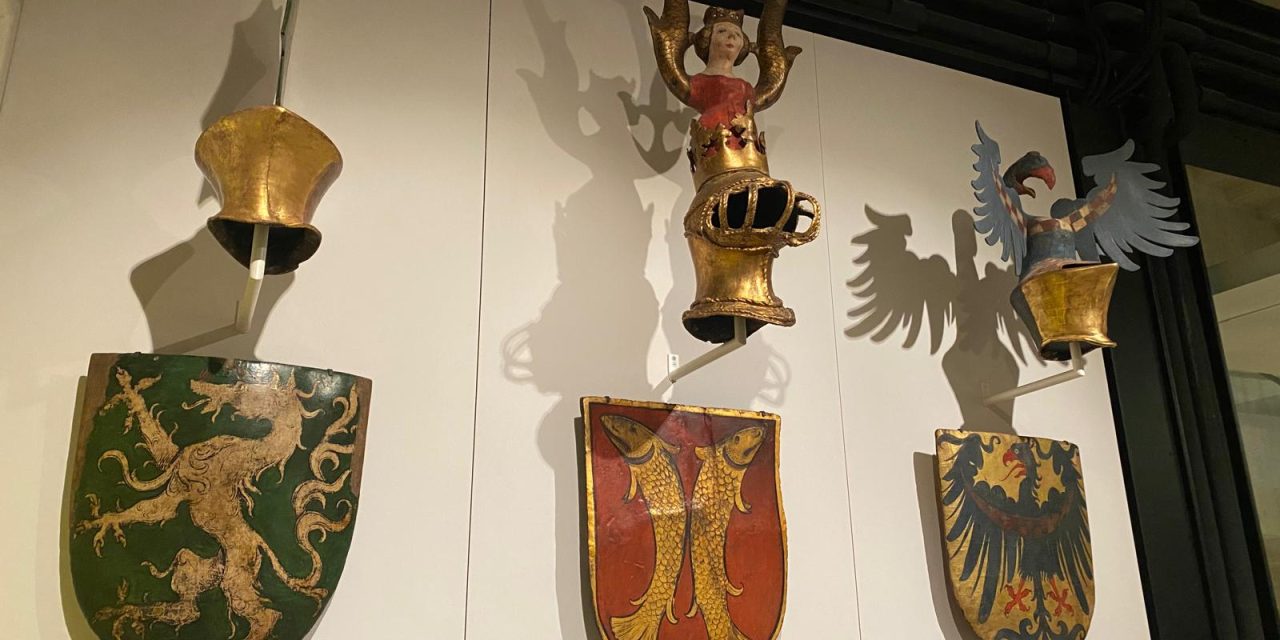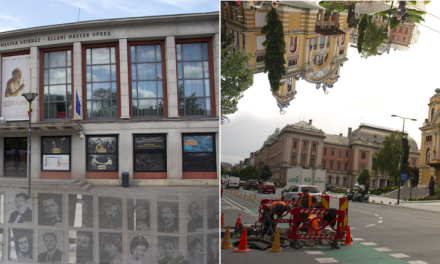In the streets of Vienna, clothing choices are quietly speaking a political language. Not just personal expression, fashion in Austria has become a powerful way for far-right activists looking to influence culture, shape identity and thus, recruit new supporters. Nowdays, far right doesn’t rely on the obvious aesthetic of the skinhead era—it now wears well-tailored jackets, sleek streetwear, and curated online outfits designed to seduce rather than alarm.
Indeed, a recent poll of 1000 Austrians found that 60 % consider the far right to be a serious threat to democracy, even more than corruption. Next, they were asked for which political party they would vote, if there was an election on the following Sunday.
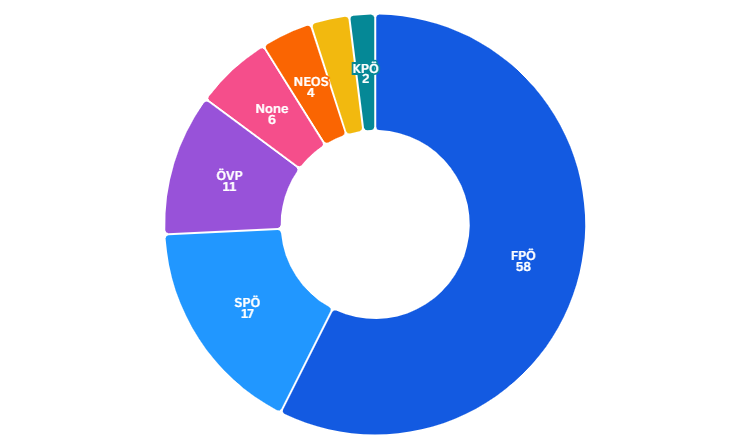
Kranebitter (2024)

Among the key figures of this ongoing strategy is Martin Sellner, the leader of Austria’s Identitarian Movement. He embodies what many refer to as the “hipster right”, which is a polished, youthful aesthetic far removed from traditional neo-Nazi look.
Martin Sellner, May 2021, Vienna Credits : Picture Alliance
This careful distancing from the past is, in fact, a tactical move. By appearing clean, relatable and mainstream, far-right figures can more easily infiltrate public life and engage younger people to join the party. As journalist Areeba Shah stated in The Sunday Diplomat, this aesthetic shift marks a calculated evolution from the violent uniformity of the skinhead look to a polished and modern image that “preserves symbolism but conceals intention”.
“Fashion has always been a political statement,” says Teresa, a researcher at the Fine Arts Institute, based in Vienna. She is working on the project Fashion and the Far Right: the new complexity in style: “But what we’re seeing now is its use as a very intentional strategy, not just to show who you are, but to hide who you are, too.”

March 1982, Chelsea
Credits: Derek Ridgers – Omnibus Press
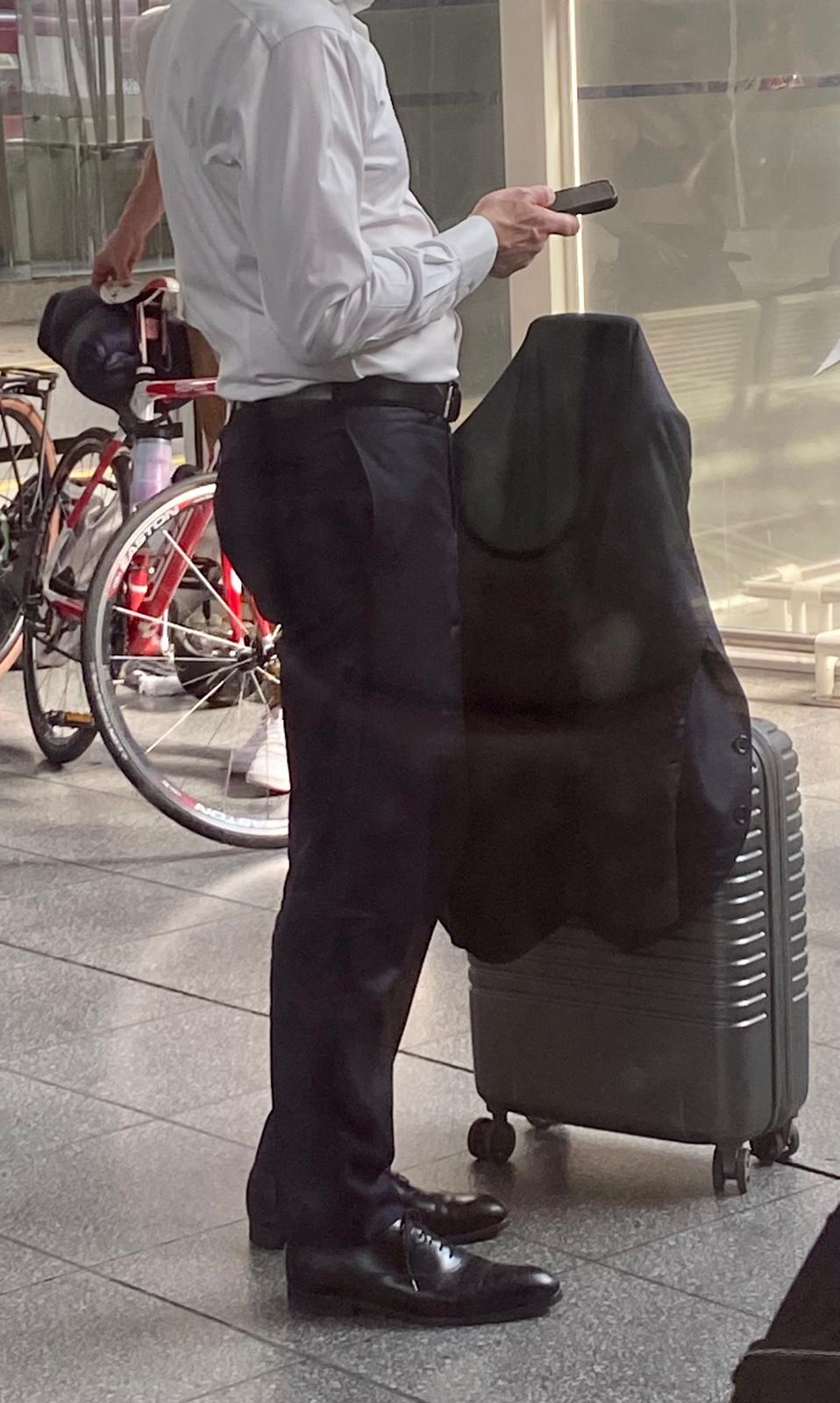
The strategy relies on subtle codes embedded in everyday clothing. Coded numbers, obscure symbols and specific color palettes create a visual vocabulary intelligible primarily to insiders. As VICE reporters Conti & Conti noted: “Learn to spot the secret signals of far-right fashion”, these hidden markers are part of a larger semiotic ecosystem that allows far-right ideology to circulate beneath mainstream awareness. “It’s about signaling without shouting” Teresa says. “That’s what makes it so effective, and so dangerous.”
These tactics are also really viable for business. Far-right fashion brands, some with openly nationalist branding, have built profitable businesses by selling clothing that is also ideological merchandise. Cynthia Miller-Idriss, a leading scholar on extremism, describes this as “a gateway to political radicalization” through cultural and consumer practices. In her work on far-right markets, she shows how fashion operates not only as propaganda but as an economic engine. Austrian and German brands like Thor Steinar or the now-defunct Phalanx Europa exemplify this commodification of ideology. A 2021 report by People For describes this growing revenue stream as “fuel for radicalization”.
As mentioned previously, far-right fashion is particularly effective among youth. Rather than handing out speeches, today is more about extremists post aesthetic Instagram stories, TikToks with nationalist soundtracks and “fit pics” that blend ideology with trend. In her policy brief “Youth at a political crossroads”, the scholar Anna S. Scharnagl explains that far-right actors “repackage ideology as identity” in ways that feel modern and rebellious to politically disengaged youth. Here, fashion becomes not just attire, but armor in a cultural battle for influence.
And the influence is growing. A CNN Style investigation from 2019 highlighted how these brands are increasingly embedded in Europe’s youth subcultures. The article revealed how style is used not just for showing appartenance but also to confuse people outside this group, thus blurring the line between fashion and propaganda.
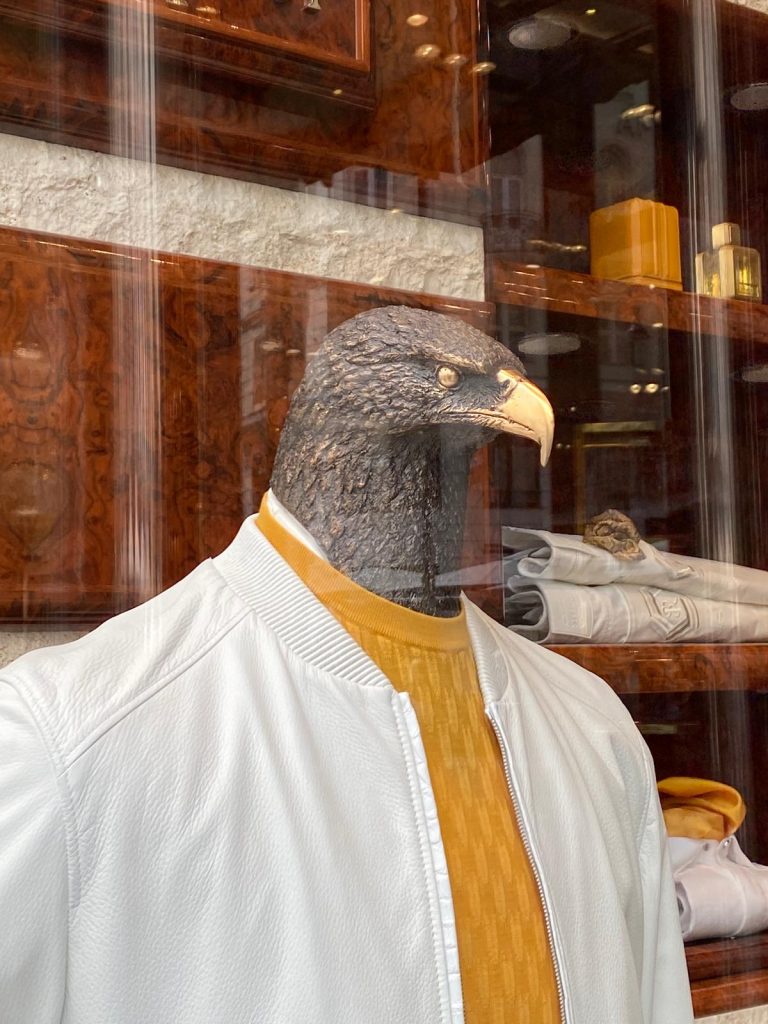
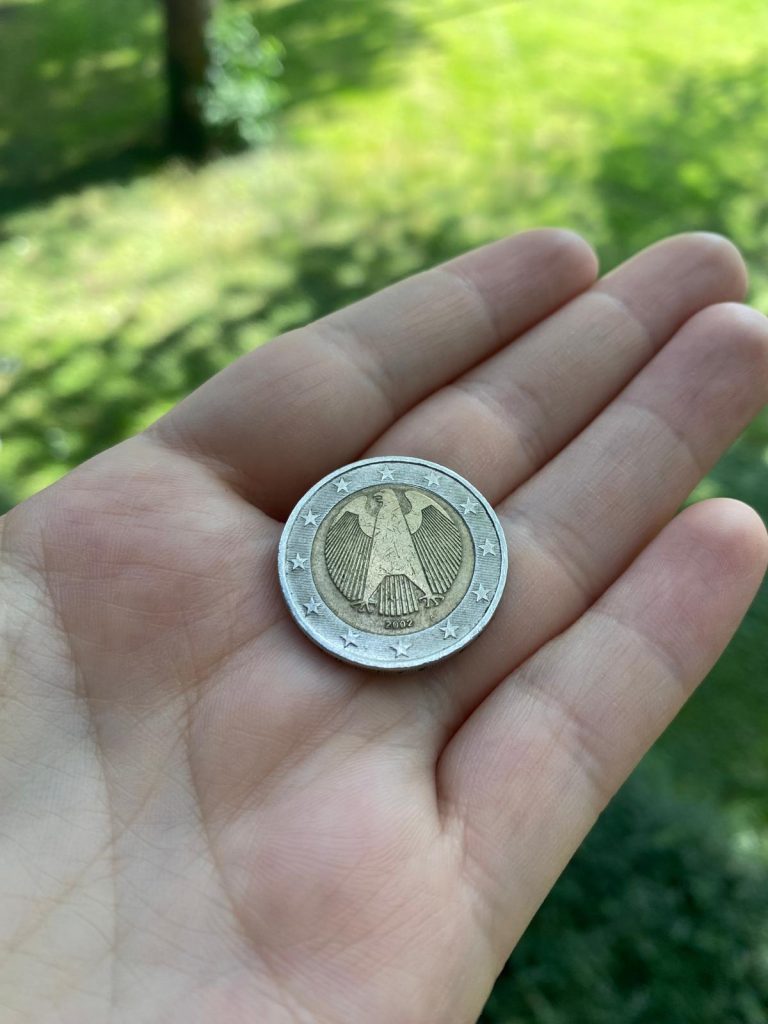
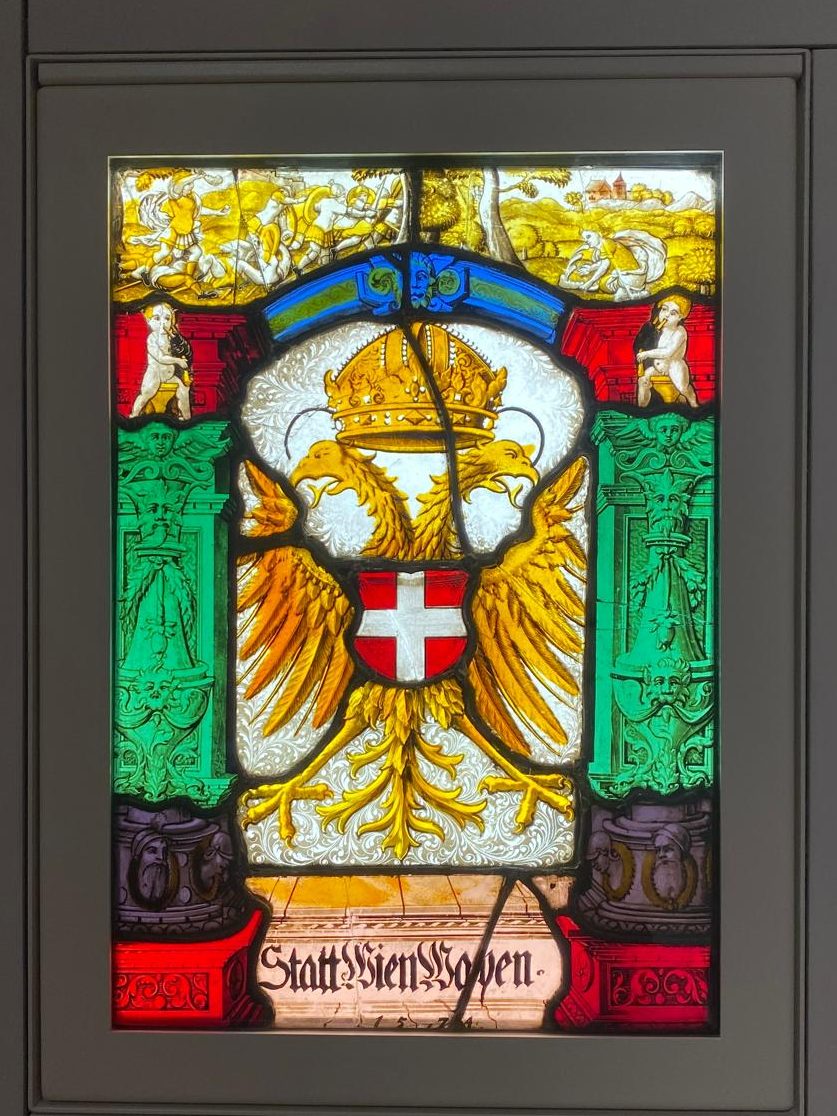
Eagle symbolism
The eagle has always been a symbol of power and authority, but in fascist regimes, especially Nazi Germany, it was weaponized to represent national supremacy, militarism and state control. When it was paired with nationalist iconography like the swastika, it conveyed dominance and unity under authoritarian rule. Its use signaled a call to order, hierarchy and exclusionary ideals hidden as patriotic strength.
In Austria, the Freedom Party (FPÖ) continues to perform well in elections (topping national polls in 2024) with a platform that echoes many of the visual themes seen in far-right fashion: national pride, traditionalism and modernized rebellion. The normalization of far-right aesthetics, as discussed by Ruth Wodak in International Politics, reflects broader sociopolitical shifts. Wodak shows how Austria has become “a laboratory for far-right normalization” and that the symbolic neutrality of fashion plays a key role in this transformation.
Today’s far-right style also represents a break with the past. While the 1990s right-wing look was obvious and aggressive, today’s version is more stylish, expensive and visually ambiguous. The academic Nadine Than, writing for the European Journal of Cultural and Political Sociology, observes that these new aesthetics help far-right youth “blend into the mainstream,” thus making ideology easier to digest and harder to detect.
Moreover, online platforms are central to this evolution. The project Fashion Against Fascism, as well as the research portal Zwischen Räume, highlight how digital space enables far-right aesthetics to flourish. On TikTok and Instagram, style is content, and content is political. Far-right influencers manipulate algorithms by combining innocuous fashion clips with ideological slogans, memes, or soundbites. This strategy mirrors what Miller-Idriss calls “cultural soft power”, which is shaping minds before they know they’re being influenced.
What makes this strategy so effective is its subtlety. In a society where extremism is often policed through symbols, the far right has adapted, shifting from obvious flags to aesthetic nuance. In doing so, they’ve carved out a new cultural space where ideology hides in plain sight.
Austria, with its rich tradition of both political tension and cultural production, has become a vivid case study in how fashion can shape and be shaped by radical politics. Today’s far right isn’t just marching. It’s modeling.

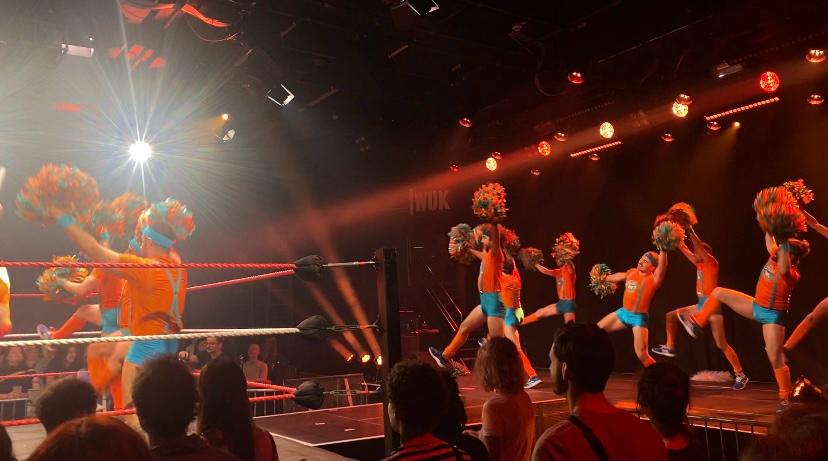
“In a way, you could say queer fashion uses similar tactics too, but not necessarily to gain followers, but more for identification purposes. I would say queer fashion, for sure”, concludes Teresa.
